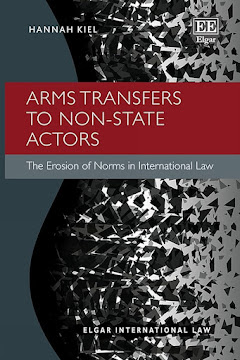Game theory has been a mainstay in the international relations literature for several decades, but its appearance in the international law literature is of a far more recent vintage. Recent accounts have harnessed alleged lessons learned from game theory in service of a new brand of “realism” about international law. These skeptical accounts conclude that international law loses its normative force because states that “follow” international law are simply participants in a Prisoner’s Dilemma seeking to achieve self-interested outcomes. Such claims are not just vastly exaggerated; they represent a profound misunderstanding about the significance of game theory. Properly conceived, the best way to understand international law is as a Nash Equilibrium - a focal point that states gravitate towards as they make rational decisions regarding strategy in light of strategy selected by other states. In domains where international law has the greatest purchase, the strategy is reciprocal compliance with international norms. This strategy is consistent with the normativity of both law and morality, both characterized by self-interested actors who accept reciprocal constraints on action to generate Nash Equilibria and, ultimately, a stable social contract. These agents - “constrained maximizers” as the philosopher David Gauthier calls them - accept the constraints of a normative system in order to achieve cooperative benefits. The paper concludes by explaining that it is also rational for states to comply with these constraints: agents evaluate plans and strategies and then stick to them, rather than obsessively reevaluating them at each moment in time. A state that defects from international law when the opportunity arises may, in the long run, reduce its overall payoff, as compared to a state that selects and adheres to a strategy of constrained maximization.
Thursday, September 16, 2010
Ohlin: Nash Equilibrium and International Law
Jens David Ohlin (Cornell Univ. - Law) has posted Nash Equilibrium and International Law (Cornell Law Review, forthcoming). Here's the abstract:





